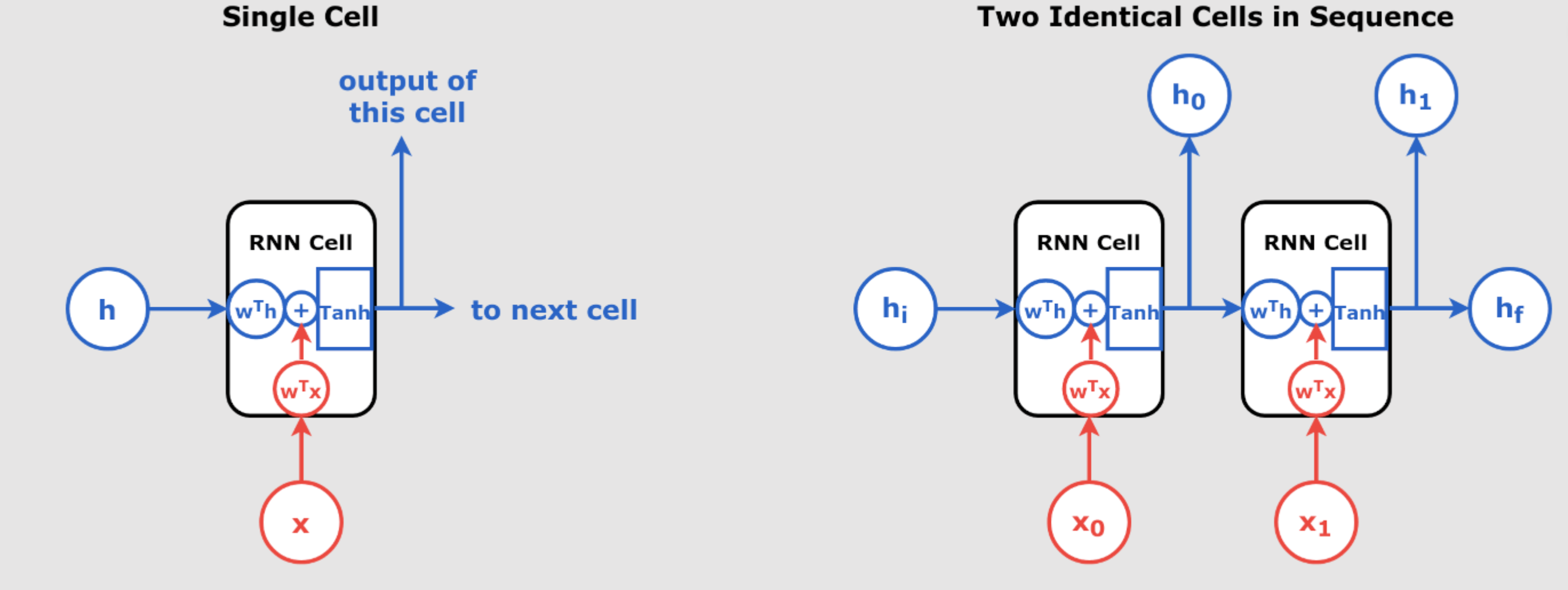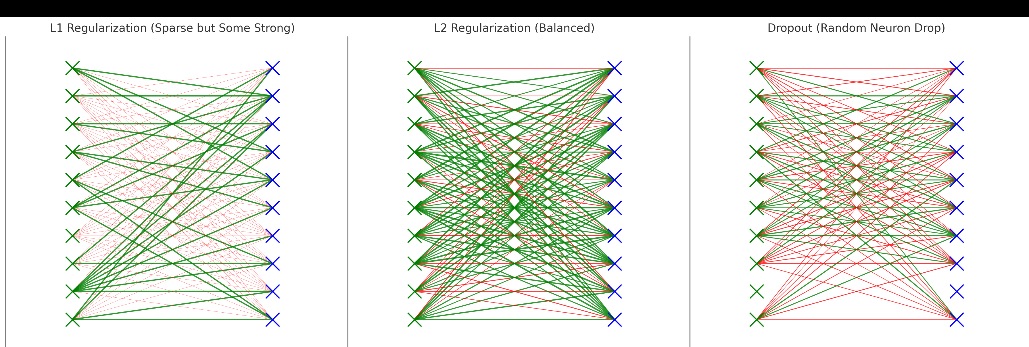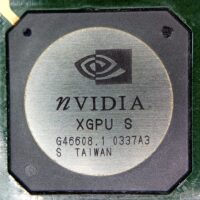RNN Deep Learning – Part 1 – Day 55
Understanding Recurrent Neural Networks (RNNs) and CNNs for Sequence Processing Introduction In the world of deep learning, neural networks have become indispensable, especially for handling tasks involving sequential data, such as time series, speech, and text. Among the most popular architectures for such data are Recurrent Neural Networks (RNNs) and Convolutional Neural Networks (CNNs). Although RNNs are traditionally associated with sequence processing, CNNs have also been adapted to perform well in this area. This blog will take a detailed look at how these networks work, their differences, their challenges, and their real-world applications. Unrolling RNNs: How RNNs Process Sequences One...







